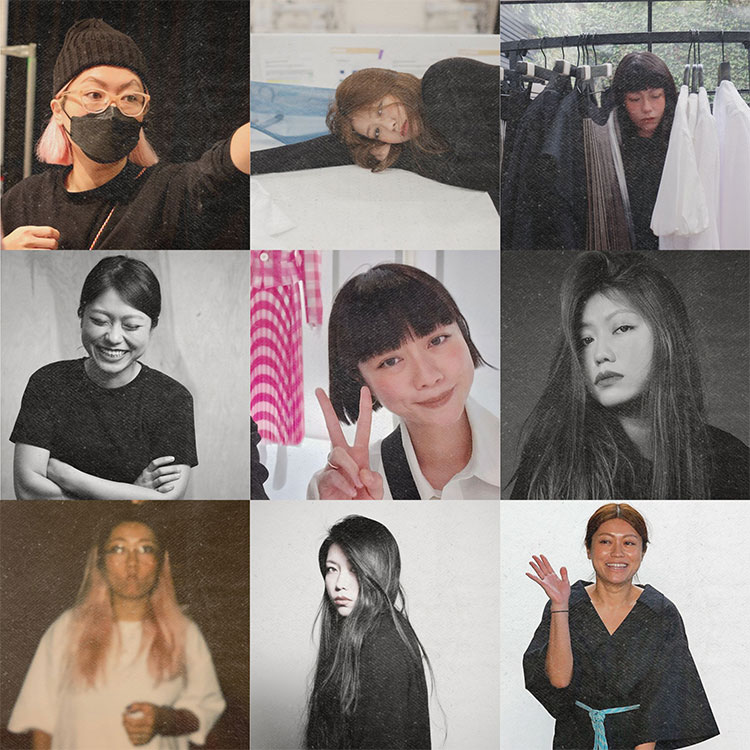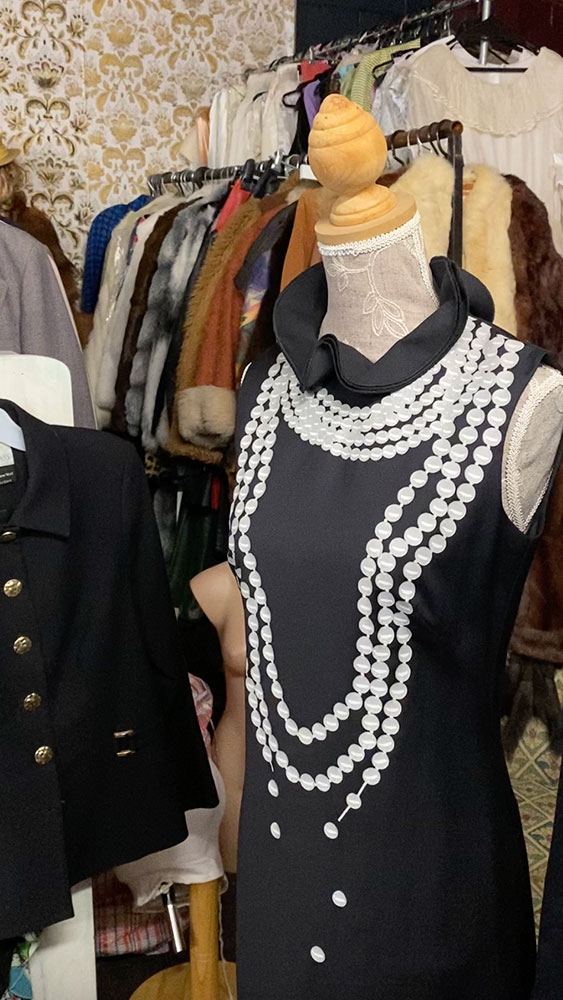
It’s impossible to define the New Zealand look today, but the Into the Archives show at New Zealand Fashion Week Kahuria will attempt to illustrate our style identity while showcasing significant pieces of our fashion history.
“It’s hard to encapsulate 20, 30 years of contemporary New Zealand fashion, but there are definitely key pieces that stand out,” says Dan Ahwa, who is curating and styling the show.
The stylist, journalist, Ensemble contributing editor (and my husband), has worked in the industry for over 20 years; this year he joined the NZFW board as creative advisor, after many years attending the event.
He’s watched it evolve, alongside the industry’s ups and downs, and I am not exaggerating when I say he has been a genuine pillar of support – reaching out a hand – for both established and emerging creatives. The show will be a celebration of the old, and now. “The whole point was to open fashion week with a strong show that united everyone,” says Dan.
A version of the show will open NZFW on the Monday night for invited guests (expect surprises on the runway…), with a public showing on Friday August 29. A smaller selection of the 70+ ensembles will also be displayed in a static exhibition at Shed 10 throughout the week.
Designer Kiri Nathan offered Dan a whakatauki that has served as a guiding light during the process of pulling together the show: Ka mua, ka muri – walking backwards into the future. “I'm really grateful for her for understanding what the show is all about,” says Dan.
Retrospective shows have featured at earlier NZFWs, typically timed around 10 or 20 year milestones. But this interpretation, bringing the archives to life, feels like an apt moment.
The resale and circular economy is growing, as is a new generation of shoppers’ demand and appreciation for secondhand and vintage clothing. The New Zealand fashion industry, still traditionally structured to be about the new season after season, is cognisant to these changing consumer habits: sample and archive sales are the norm now, Kowtow is hosting a clothing swap during NZFW, and Ruby has opened a standalone Ruby Recycle store. Then there is the popularity of consignment stores like Recycle Boutique, Tatty’s, Designer Wardrobe, Encore and more. Old is gold, especially in this economy.
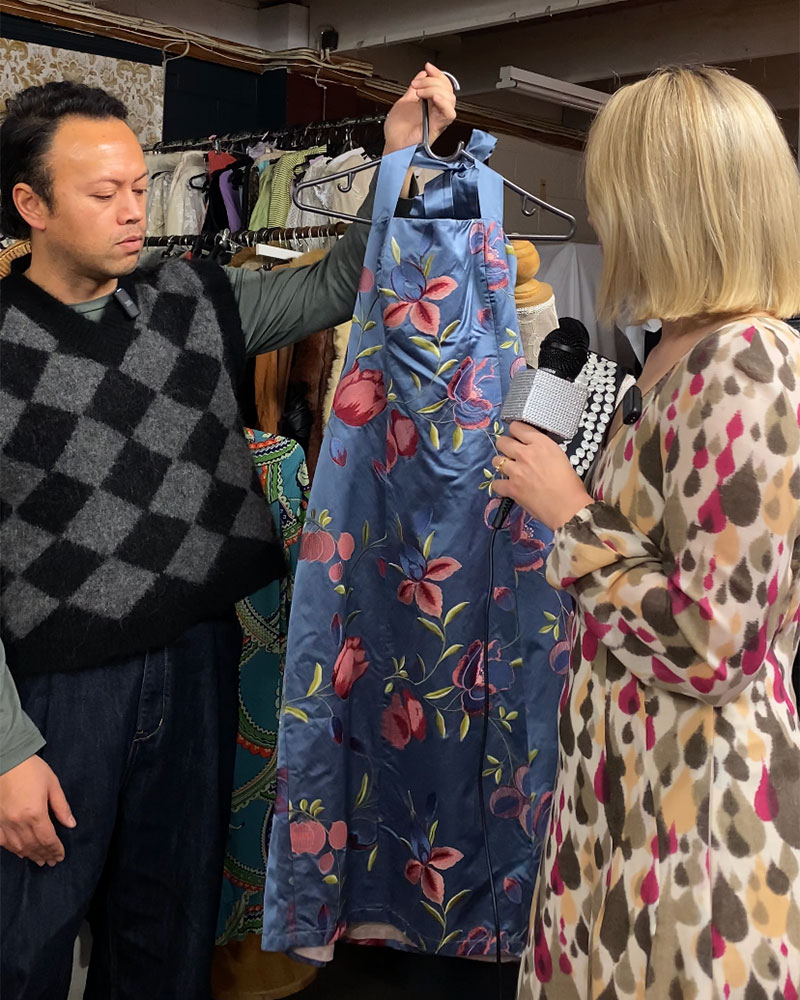
For Dan, the show is an opportunity for some positivity, to appreciate how far the industry has come – and how designers have helped shape part of New Zealanders’ lives. “It’s a chance to celebrate our identity through clothing. I wanted to celebrate New Zealand fashion,” he says. “And I think we’re reaching a time where myself, and some of the fashion week team, we’re at the age now where it’s really up to us to drive our industry. This show is part of that: acknowledging what came before us, in order to move forward.”
It’s no secret that I, and Ensemble, probably indulge in too much soft-focus nostalgia, but I do believe that the fashion industry is set up to discard the past too quickly, whether it’s garments or people. Acknowledging and understanding what’s come before you is not just respectful, but clever – particularly when it comes to the never-ending ambition to reach some kind of sustainability nirvana.
We’re both fashion nerds, and married, so of course Dan agrees that nostalgia can be good – when it informs the present and the future.
“But how do we push it forward? I think nostalgia can help contextualise fashion – the retrospective will help contextualise the week.”
In pulling together the looks, Dan is charting the ways we’ve dressed over the past 20-30 years.
“Even in the past five to six years, it’s changed dramatically. There’ll be a focus on key streetwear brands – how denim has played a big part in our identity – then we move into the more formalwear. Is anyone going to black tie events anymore? That’s a question that we are looking at. Suiting has also played a big part in our New Zealanders get dressed for work,” says Dan, “so we’ll look at those different touch points in terms of a full wardrobe. And what that even looks like in 2025 – when we don’t have time to get dressed these days.”
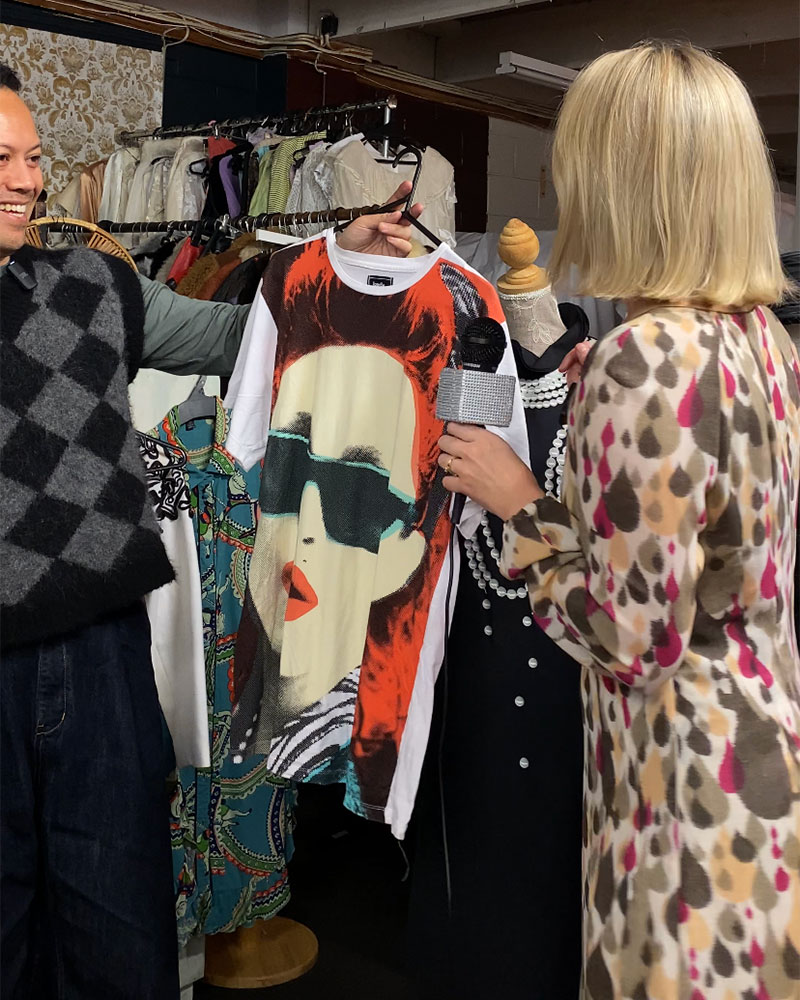
There will be a variety of statement pieces that will tug on the heartstrings, and well-known designers and brands – there have been some trickier garments to get his hands on.
“I’ve been trying my best with museums but I know there is a whole process that’s involved with archival fashion that’s been held in museum collections,” he says. “I’ve always believed that clothing should be worn in the way it’s been intended to be designed. For a new generation, they want to see clothing moving, they want to see it worn on people. Hopefully this show will help facilitate that conversation, and maybe get some of those pieces out of those dusty basements.”
It raises big (and nerdy) questions about fashion preservation. Seeing some of the historic garments in the Diva exhibition at the Auckland Museum was a thrill, and if they’d been worn (hi Kim Kardashian), they likely wouldn’t be in the condition to appreciate today. But is a polyester dress that was Look 34 in a local designer’s collection from the 2000s really too precious to be worn, carefully, on the runway for one night only?
“It is the age-old argument: is fashion art? To me, it’s not,” reflects Dan. “I see fashion as something we choose to wear to adorn ourselves with. It might be a shirt, or a piece of jewellery. The more you wear something, the more valuable it becomes.”
Garments that have been made available – through the generosity of private collections, top local vintage sellers like Go Jo and Painted Bird and designers’ literal archives – are a rich reminder of our local fashion history, despite the industry still being so young – and right now, so challenged.
There will be past names like Mala Brajkovic, Thornton Hall, Annie Bonza, Natalija Kucija, Caroline Church, the recently closed Adrienne Winkelmann and Doris de Pont’s collaboration with artist John Pule. The show will also feature incredible show pieces from World, the showmen of NZFW. “You can't talk about the past 25 years of New Zealand fashion without including World,” says Dan.
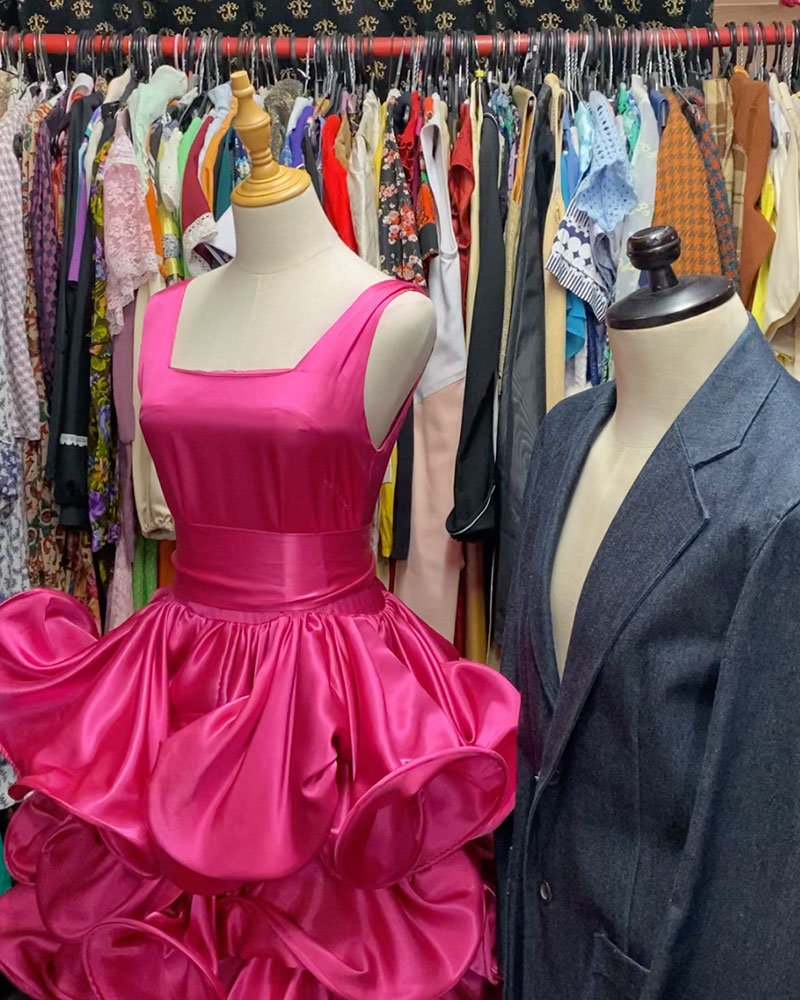
Some pieces may be from his own personal collection – like a denim blazer from Nicholas Blanchet, “one of our most important menswear designers, in our small handful of significant menswear brands”, and a (controversial) Lonely Hearts T-shirt, purchased when he worked at the brand’s boutique Myhart, “a snapshot in time”. There may also be some items pulled from my own wardrobe… (I’ve written a lot about my habit of buying old pieces online by Karen Walker, Kate Sylvester, Marilyn Sainty and more.)
There will also be plenty from the new vanguard of designers, with a focus on craft and smaller makers – future treasures and heirlooms from the likes of Paris Georgia, Rory William Docherty and Shona Tawhiao. Dan felt it was integral to include the mohair Tino Rangatiratanga poraka (sweater) from Crochet Bae (“Just a Māori girl who likes to crochet, knit and be a good ancestor”). “Her pieces were a big part of the hīkoi last year. The Tino Rangatiratanga flag wasn’t just on a T-shirt, it was literally woven as a beautiful taonga that we can celebrate.”
The Into the Archives: Two Decades of New Zealand Style show at NZFW is on Friday August 29 at 7.30pm; buy tickets here.
.jpg)


